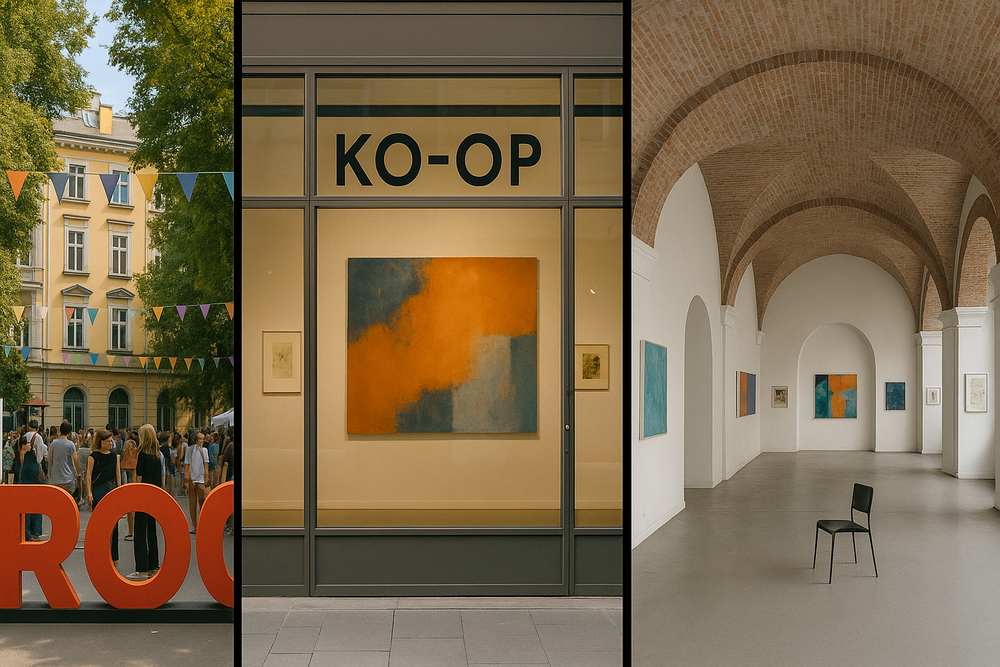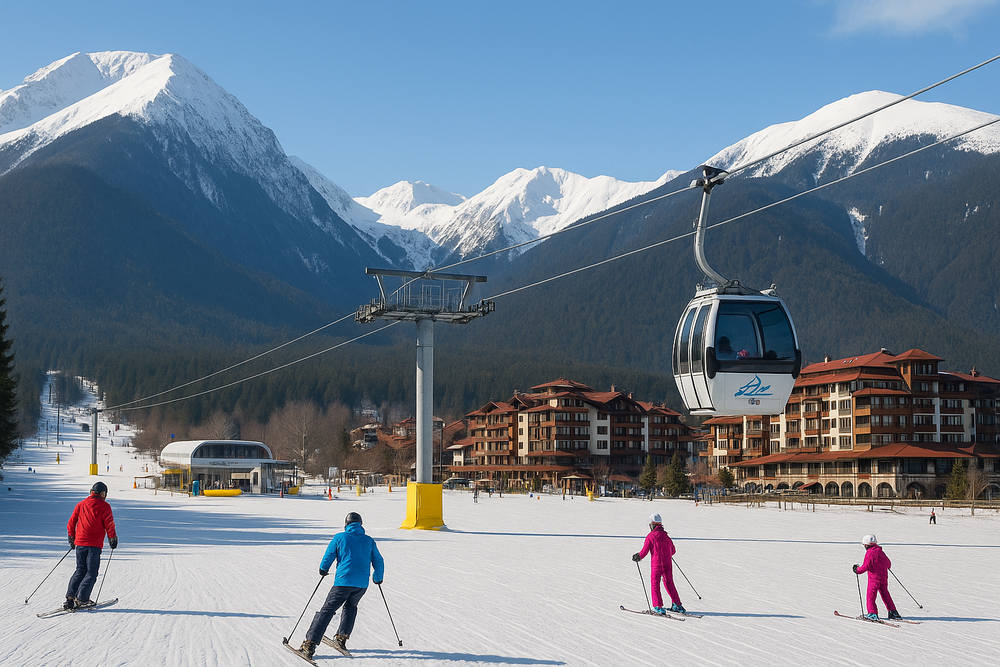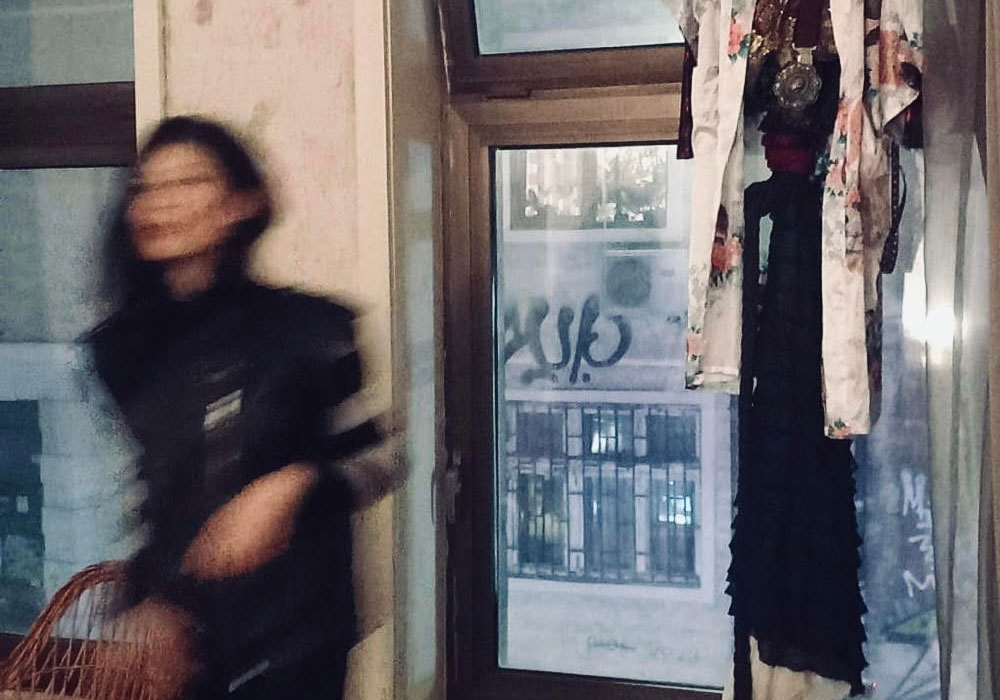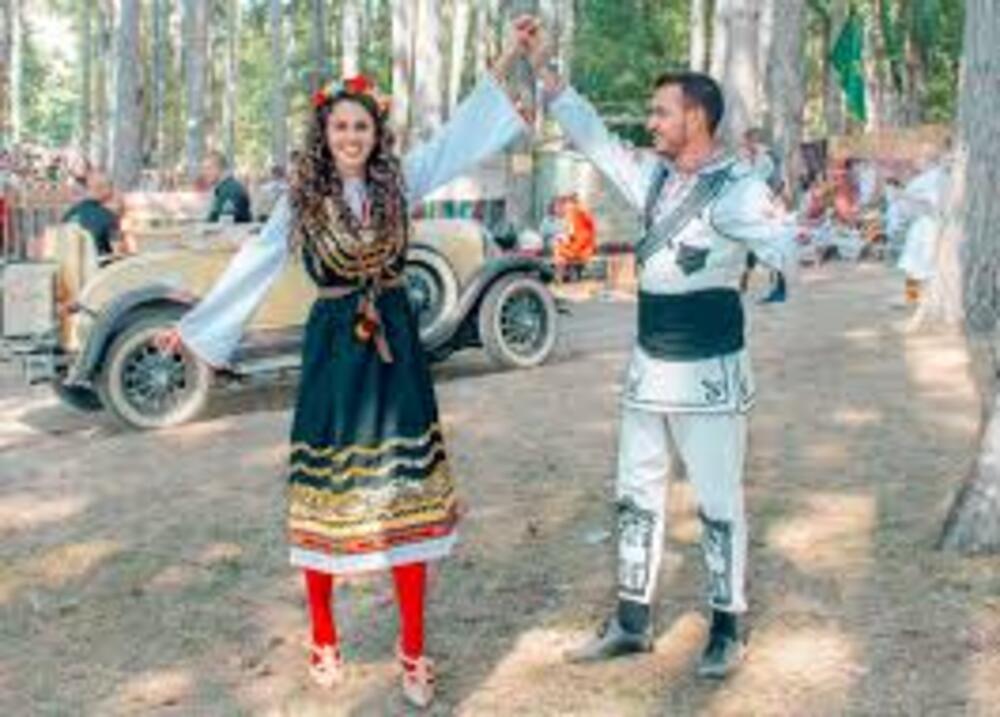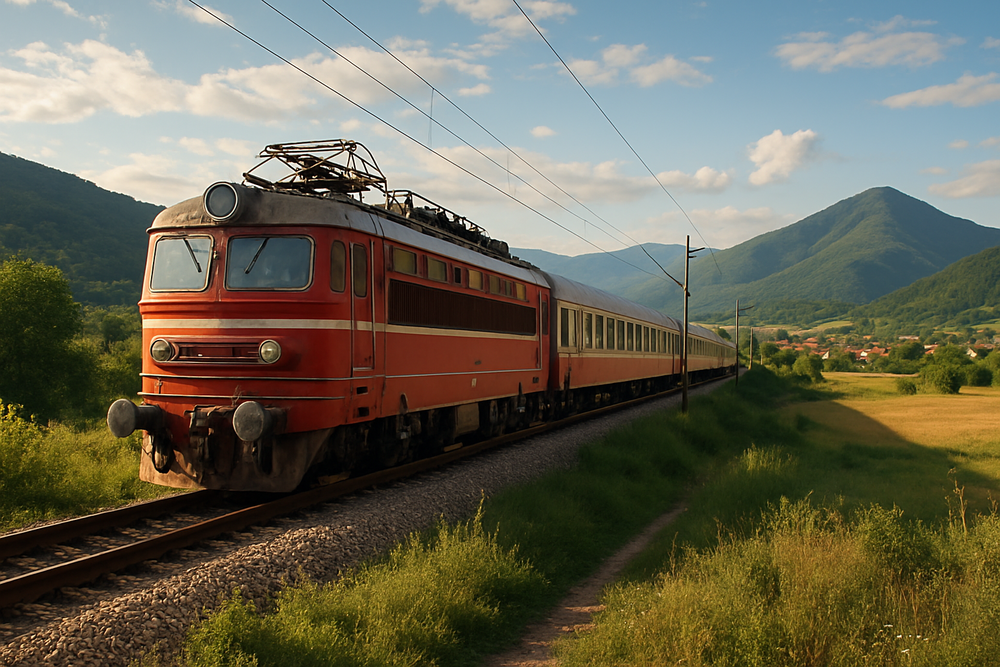
Scenic Rails: Crossing Bulgaria by Train from Sofia to the Sea
In a world obsessed with speed and efficiency, there is something profoundly comforting about the slow rhythm of a train journey. Bulgaria, with its quietly stunning landscapes and timeless villages, offers one of Europe’s most underrated rail experiences: the scenic ride from Sofia to the Black Sea.
I board the early morning train in Sofia’s Central Railway Station, a relic of socialist-era architecture that hums with quiet anticipation. My destination: Burgas, a breezy port city on the Black Sea coast. The journey ahead will take nearly eight hours—a leisurely pace that allows the soul to settle and the eyes to wander.
As we leave the capital behind, the cityscape softens into suburban clusters, then quickly yields to fields painted in late-summer gold. The train winds through the Balkan Mountains, where tunnels pierce ancient rock and viaducts stretch like ribbons across wooded valleys. The air smells faintly of pine and wildflowers drifting through the slightly ajar window.
Between stations, the countryside unfolds like a living tapestry. We pass sunflower fields so vast they seem to touch the horizon, their golden heads tilted east in worship of the sun. Hills rise and fall like gentle waves, dotted with red-roofed villages and the occasional herd of sheep. Locals wave from their gardens; children chase the train with delighted shouts.
At Plovdiv, the country’s cultural heart, the train pauses long enough for a stretch and a coffee from a station kiosk. The city’s ancient ruins and bohemian charm are just a few blocks away, but today I remain aboard, lulled by the slow sway of the carriage and the unfolding panorama.
Further east, the landscape begins to change. The Thracian Plain stretches wide and flat, green with vineyards and fruit orchards. The sky here seems enormous, a canvas for drifting clouds that cast fleeting shadows on the land.
As Burgas approaches, the scent of salt and seaweed teases through the train’s open windows. The sun begins its descent, casting the coastline in hues of amber and rose. The final stretch rolls through wetlands dotted with herons and flamingos, part of the Atanasovsko Lake nature reserve.
Disembarking in Burgas, there’s no rush. The sea murmurs nearby, promising fresh fish, coastal breezes, and evening walks along the promenade.
This journey—unhurried, scenic, soulful—reminds me that sometimes the best way to see a country is not from above at 30,000 feet, but from a window seat, on rails that hum their own quiet song across the land.

